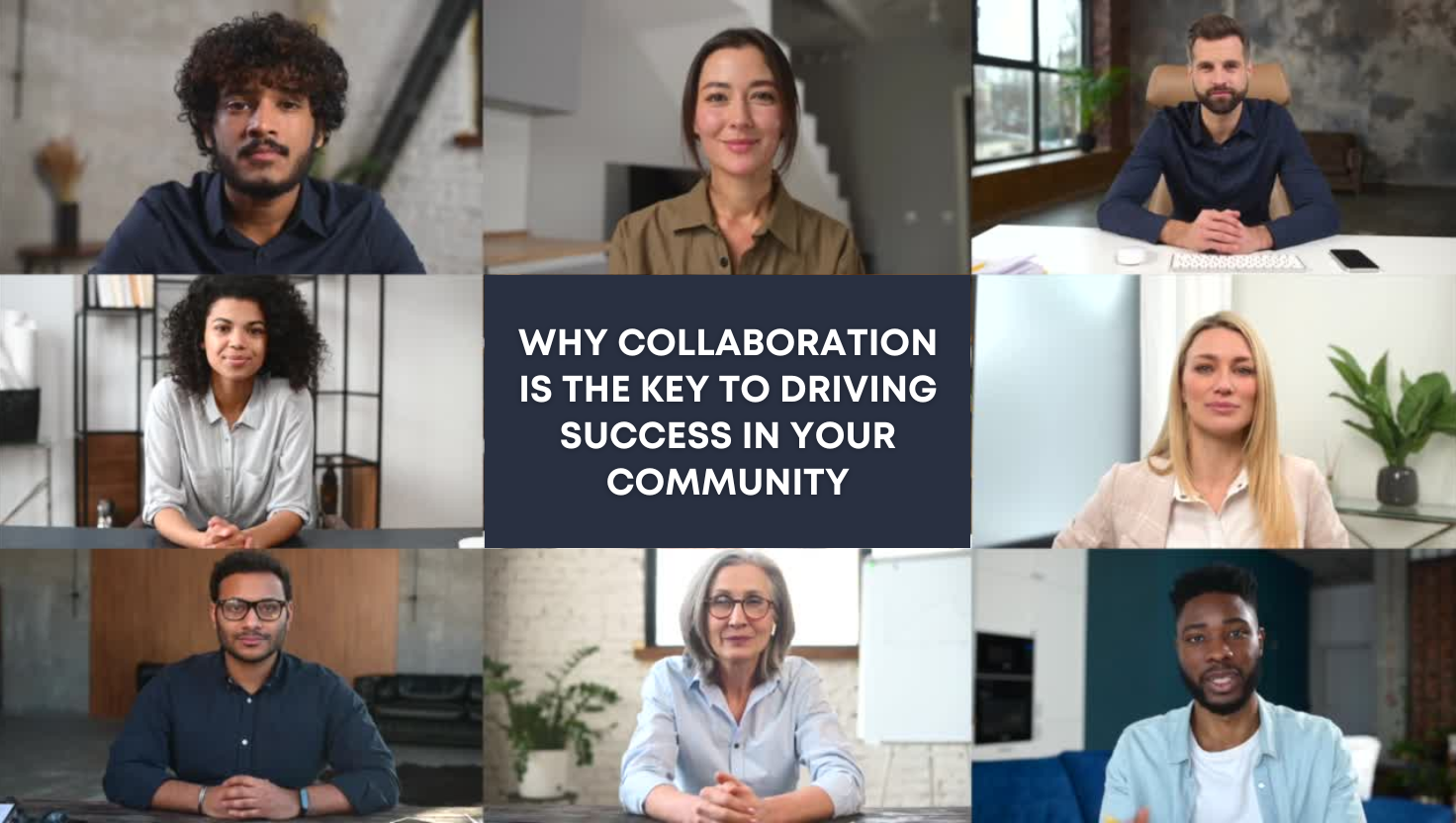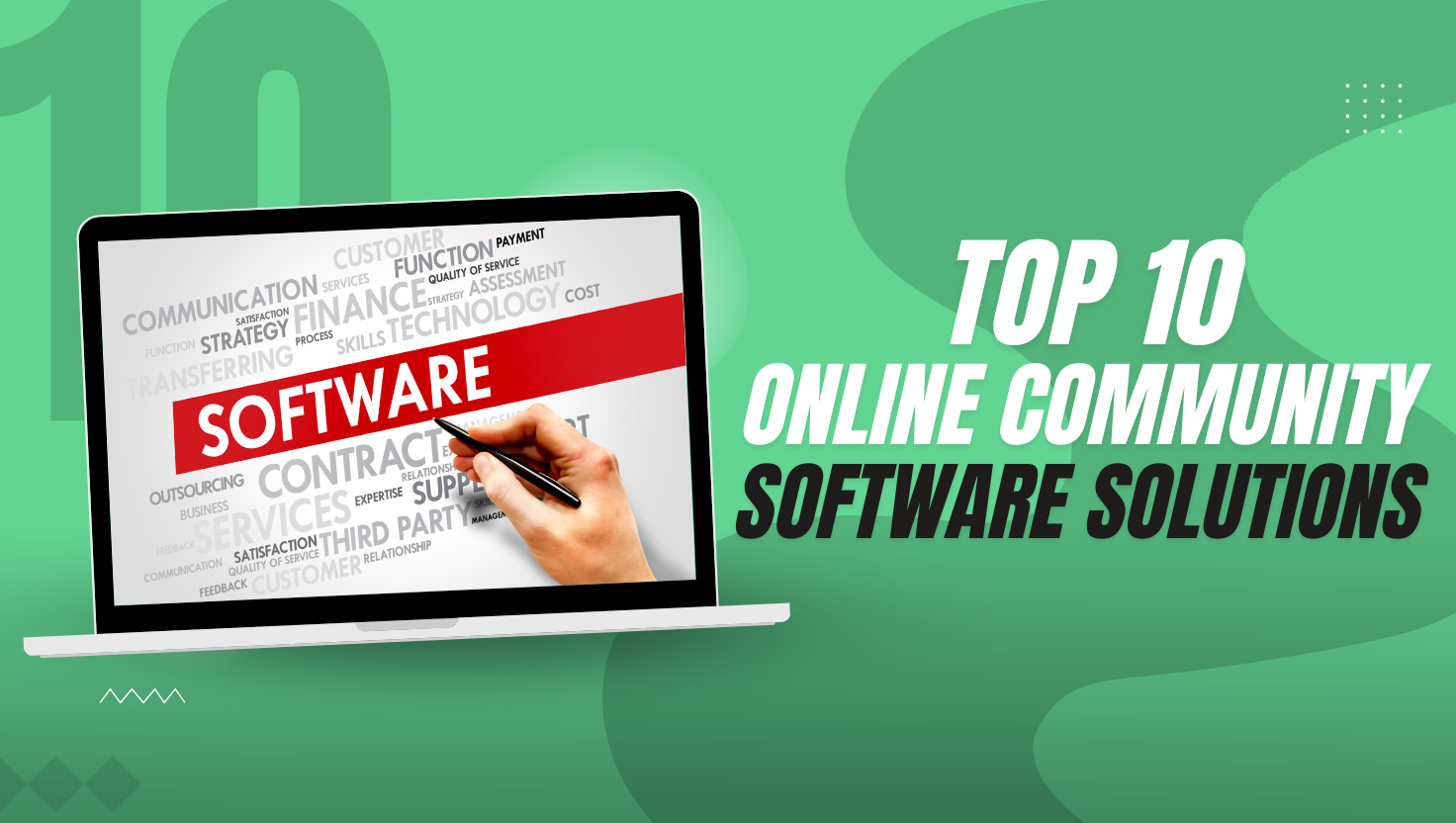
The annual conference is over. The energy was palpable, the networking was invaluable, and your members left feeling inspired. But now, the silence is setting in. The connections made over coffee are fading into LinkedIn requests, and the vibrant community spirit is dissipating into the ether.
For years, member organizations have focused on providing value through content: journals, webinars, and resource libraries. These are crucial. But they are transactional. In today's world, the stickiest, most valuable benefit you can offer is not just information, but connection.
Members join for the content, but they stay for the community. They stay for the relationships, the peer support, and the feeling of belonging to a network that understands them.
If you're looking to build an engaged, year-round community, you need more than a content repository. You need a digital home built on a social framework. When evaluating platforms, don't just look at features; look at how those features facilitate human interaction.
The Public Square: Where Conversations Build Trust (Forums)
At its core, a community thrives on shared knowledge. But a forum is so much more than a Q&A board. It’s a public square where members solve problems together.
- Social Function: This is where professional trust is forged. When a member posts a challenge and receives thoughtful advice from three different peers, they haven't just gotten an answer; they've built relationships. They learn who the experts are, who is generous with their knowledge, and who they can rely on.
- What to look for: Features that encourage interaction, like member tagging (@mentions), "best answer" voting to socially validate expertise, and the ability to create dedicated discussion groups for niche interests.
The Digital Handshake: Powering Spontaneous Connections (Profiles & Directories)
A static member list in a spreadsheet is a database. A rich, searchable directory is a living, breathing network. Member profiles are the foundation of all peer-to-peer interaction.
- Social Function: This is the engine of serendipity. It empowers a member in New York to find a collaborator in London with a specific skill set. It allows a junior professional to find and reach out to a potential mentor. It turns an anonymous username in a forum into a real person with a face, title, and shared interests.
- What to look for: Highly customizable profiles where members can showcase their personality and expertise, powerful filtering that lets users search by more than just name (e.g., skills, interests, location), and seamless private messaging to take a public conversation private.
The Members' Lounge: Fostering Belonging in Real-Time (Chat)
If forums are for deep, thoughtful discussions, real-time chat is the community's social heartbeat. It's the informal, energetic space where camaraderie is built.
- Social Function: This is where professional guards come down and true belonging is fostered. It’s for celebrating small wins, sharing a fascinating article, or creating social-only channels for off-topic fun (#book-club, #travel-photos). During a live webinar, the chat channel transforms a passive viewing experience into an active, shared one.
- What to look for: A mobile-first interface, dedicated channels for different topics, and fun, informal features like emoji reactions and GIFs that encourage a more relaxed style of communication.
The Workshop: Where Content Sparks Collaboration (Resource Hubs)
Even your most static content can—and should—be a social object. A resource library shouldn't be a one-way street where members simply download files. It should be a collaborative workshop.
- Social Function: Frame your content as a conversation starter. The value isn't just the whitepaper; it's the discussion thread attached to it where members can debate its findings, share how they're applying its lessons, and ask the author follow-up questions. This transforms passive content consumption into active, social learning.
- What to look for: The ability to host comments and discussions directly on resource pages, version tracking for collaboratively edited documents, and tools to feature member-submitted content.





